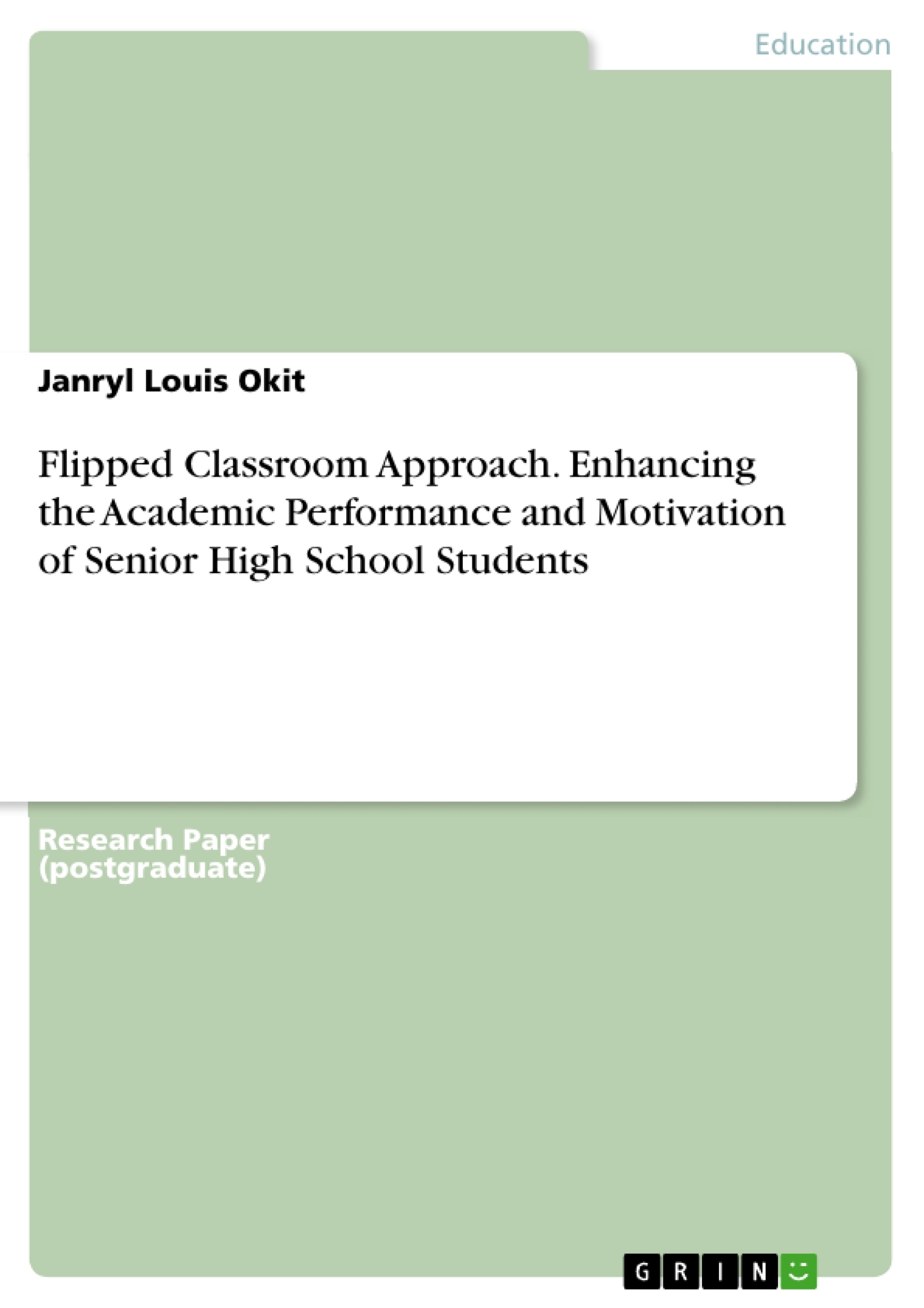This research study was conducted to investigate the effects of the Flipped Classroom Approach on the academic performance and motivation of Senior High School students in physical science.
The flipped classroom approach is an instructional approach and a type of blended learning that reverses the traditional learning environment by delivering instructional content outside the classroom. It means that learners gain the first experience to a new material outside of class, usually via lecture videos or reading materials and then use class time for works like applying knowledge, creating projects, problem-solving, discussion, or debates.
Table Of Contents
1 Context and Rationale
2 Innovation, Intervention, and Strategy
3 Action Research Questions
4 Action Research Methods
4.1 Participants and Other Sources of Data and Information
4.2 Data Gathering Methods
5 Discussion of Results and Reflection
5.1 Discussion
5.2 Conclusions and Reflections
6 References
7 Appendix



